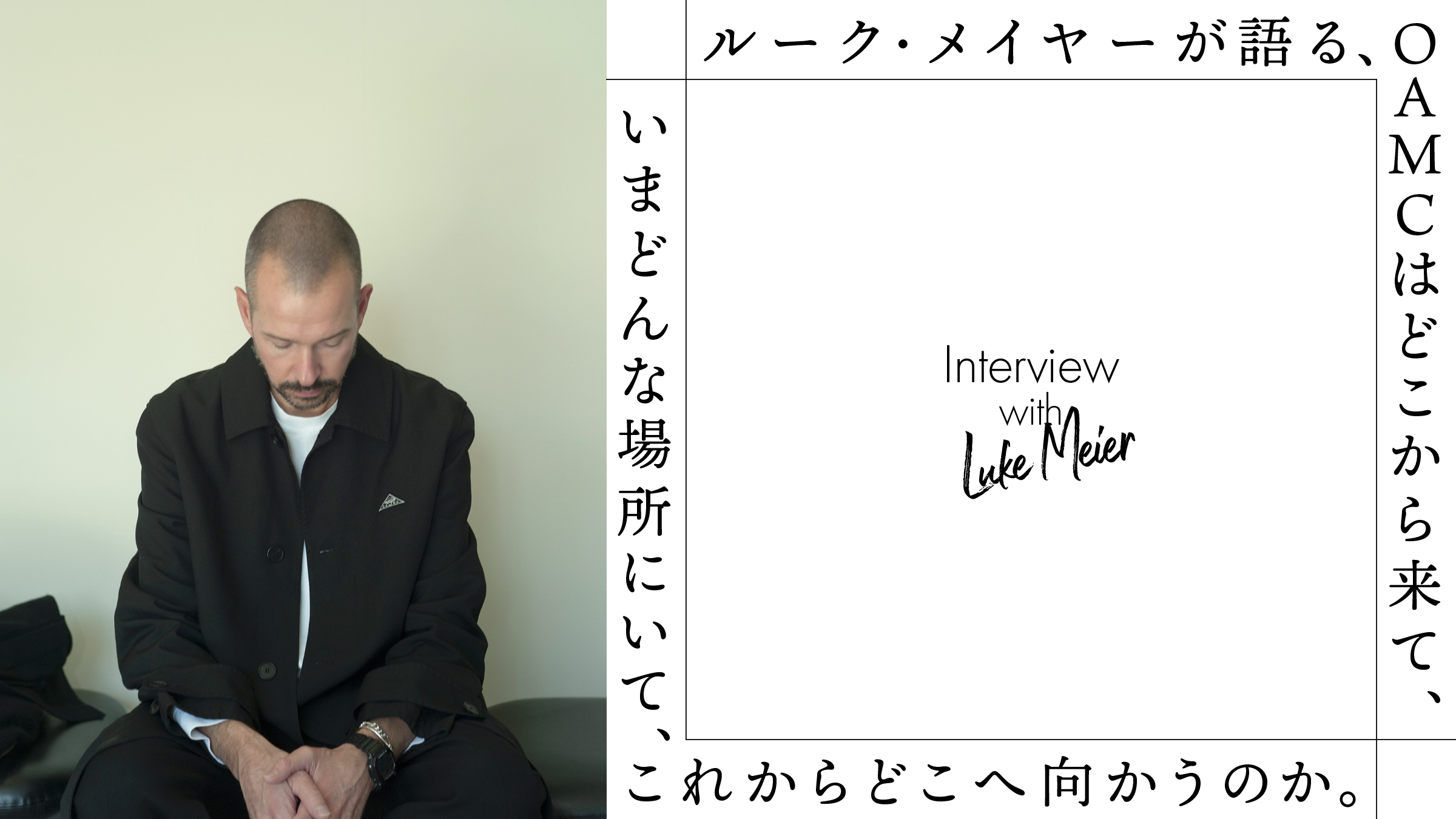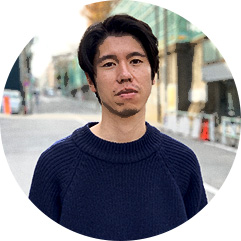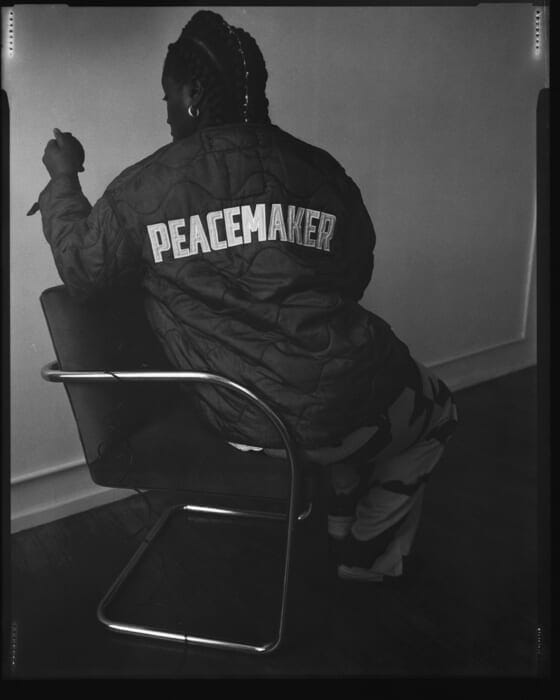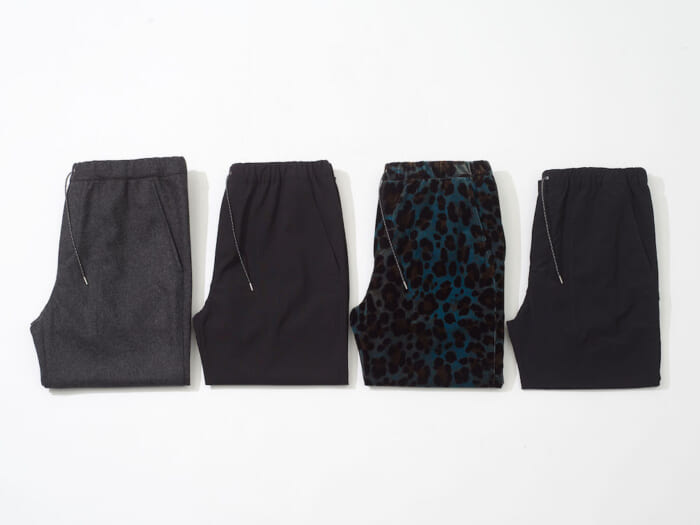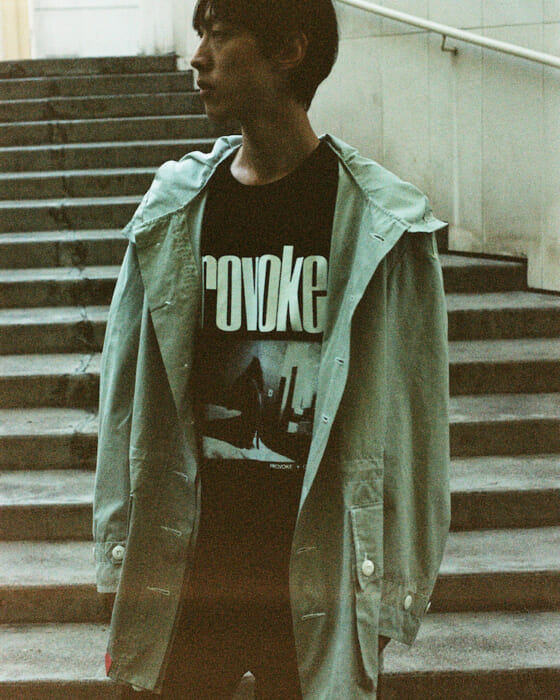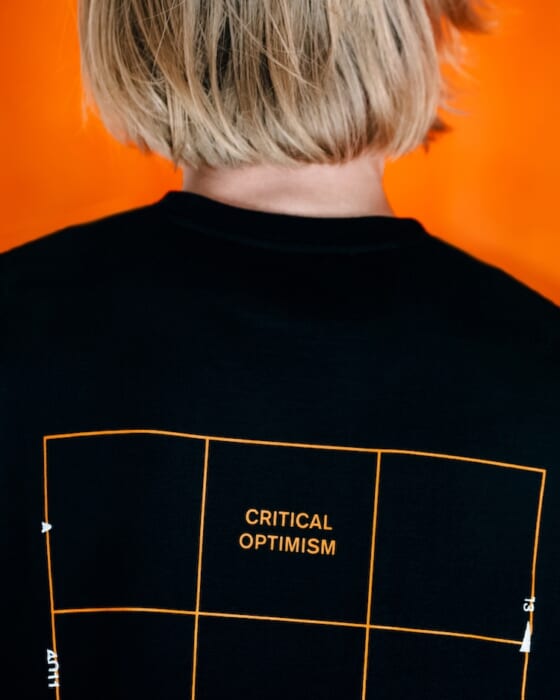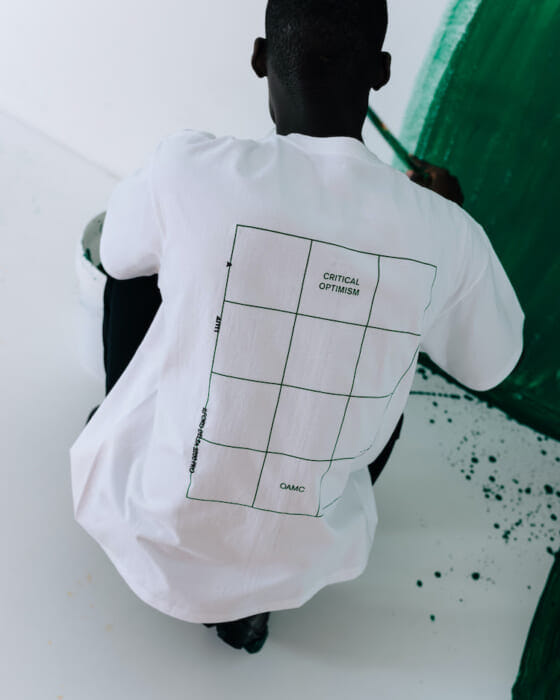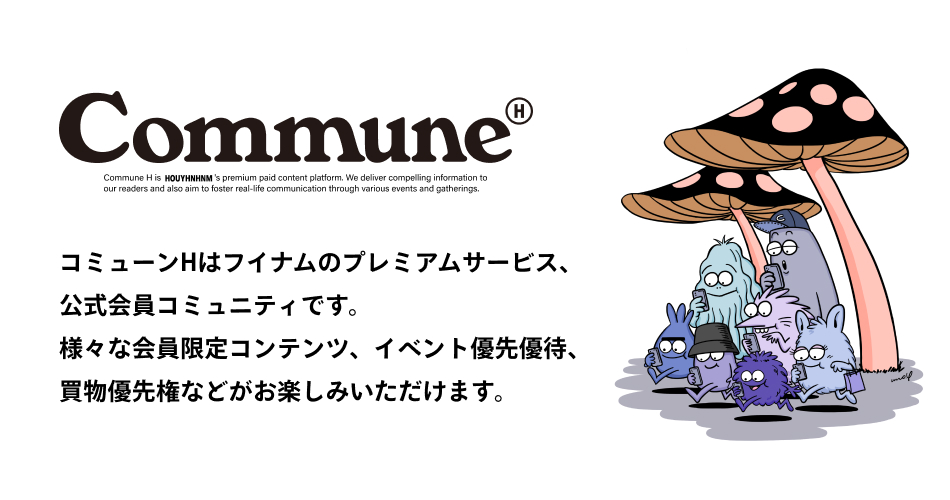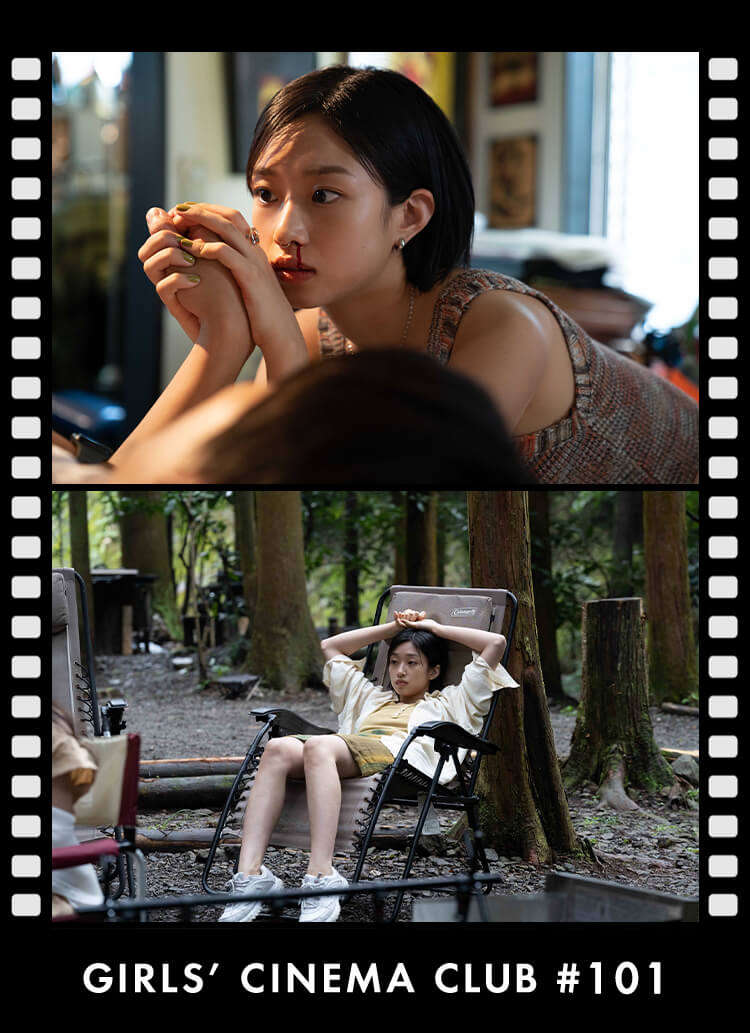I don't want to take the stance that "nothing but this viewpoint should exist."
I know this is going to sound like a somewhat boring question, but what is it that you want to say through this medium?
Luke:I don't want it to be something that strongly imposes any one point of view. Of course, I want to express my point of view. However, I don't want to take the stance of saying that "no one else's point of view should exist. I am aware that the products of "OAMC" are luxury items that only the fortunate can afford, and that they are not political in any way.

Recently, you have been collaborating with Japanese brands such as "Provoke" (a photography coterie magazine founded by Takuma Nakahira and others in the late 1960s), "Fragment Design" and "Double Taps". Of course, we knew that they were heavily influenced by the culture of the backstreets, but we did not expect such a direct connection.
Luke:Oh, really? Was it unexpected?
Yes, this is just my personal feeling. I used to think that collaboration was something that was done by people with completely different personalities and approaches, but this time, I felt that the "empathy" between the two parties came to fruition in a very natural way in the product. It is quite a new approach, isn't it?
Luke:I'm glad to hear that reaction. As for the collaboration, I thought it would not be interesting to do something predictable, especially when it comes to collaborations. I have always looked up to Japan with respect. When I started working with James in the late 90s, Japan had an exciting presence. My first visit to Japan was in 1998, I believe. I was deeply impressed by the message, the quality of craftsmanship, and the independent spirit of the Japanese brands.
I have always respected Hiroshi-san as well. He has been doing great work for a long time and is a very clever person. In fact, we had lunch yesterday as well, just to say hello. (We sometimes meet in Milan (where he has his production base). Collaboration with Mr. Hiroshi was very natural because we have similar viewpoints, and it was like we were having a chat. We didn't have any grandiose concept of "make this kind of product, do this, do that," but just naturally shared ideas.
Can you tell us a little bit about your "chat"?
Luke:I was just giving a brief explanation of the logo and symbol of "Peacemaker" (a series of items with the "Peacemaker" logo printed on each item, launched in Fall/Winter 2016, with a portion of the proceeds going to the charity Immigration Families Together). I only gave a brief explanation about the logo and symbols of "Peacemaker" (a series of items with the "Peacemaker" logo printed on them, with a portion of the proceeds going to the charity Immigration Families Together). The rest of the talk was about nature. Fabrics made from nature, organic dyes, or the idea of "getting out of town. Lately, I've been wanting to adopt such a lifestyle, and I'm sure many people feel the same way. Putting the pandemic aside, it is natural to want to get out of the concrete city once in a while. I guess that's about all I have shared in this new collaboration.


This capsule collection by OAMC and Fragment Design was released this September. The collection features quilted liners and vintage snow parkas decorated with the logos and floral artwork of the two companies. One of the features of this collection is overdyeing with natural dyes.
It's great that it doesn't feel too much like a planning meeting (laughs).
Luke:Yes, I'm just chatting (laughs). Anyway, this time I felt it was cool just to combine my brand with Hiroshi's brand. I also like that I was able to bring out the vibes of the 90's brand. I don't usually do this kind of design where the logo is prominently displayed at OAMC. But for this project, I feel that I was able to express my history and roots (by utilizing the logo) in an honest way.
You mentioned earlier that you sympathized with the independent spirit of Japanese brands, but "Provoke" in particular is a coterie magazine and not a medium that many people in Japan are familiar with. How would you define the word "independent"?
Luke:To be independent means to be free. Of course it is not easy to maintain that attitude, but it is always what we are looking for most. But (business partner) Arnaud's opinion might be different again...what do you think? (Arnaud returns the "well, that's fine" gesture.) Good, he says it's pretty much the same.
(laughs)
Luke:It was my fascination with the independent spirit that attracted me to this job in the first place. From an early age, I loved independent skateboarding companies, radio, and small record labels. That's exactly what was abundant in Japan in the 90's. Everyone was out of touch with the big corporations. People didn't have anything to do with big corporations, they just thought, "I have a cool idea, let's try it. They just thought, "We have a cool idea, let's give it a try, but we want to control how we communicate it to others. These days, I don't think people care about that kind of thing anymore, but it is important to me.


The "Provoke" initiative featured a collection of six images by photographer Daido Moriyama and photographer and critic Takuma Nakahira, as well as a poem by Takahiko Okada.


